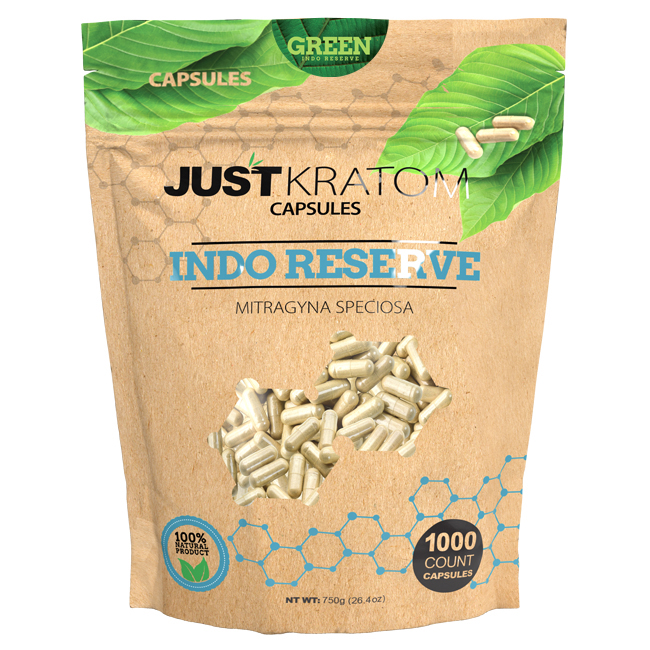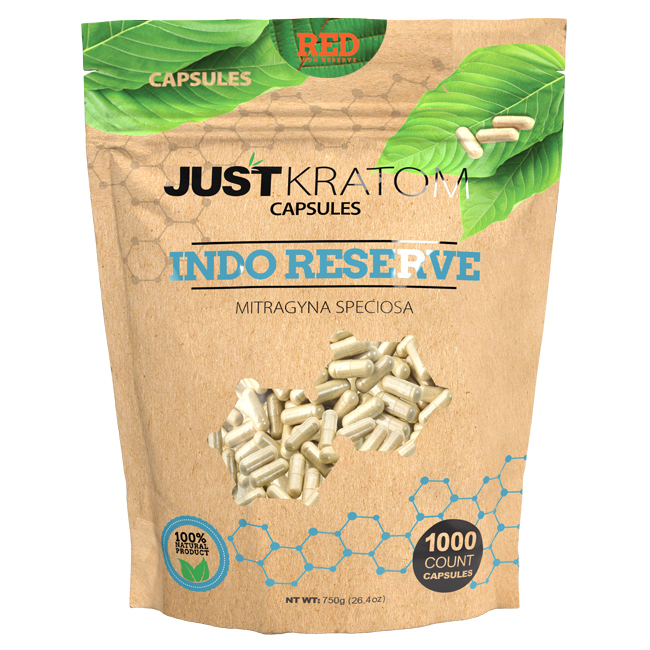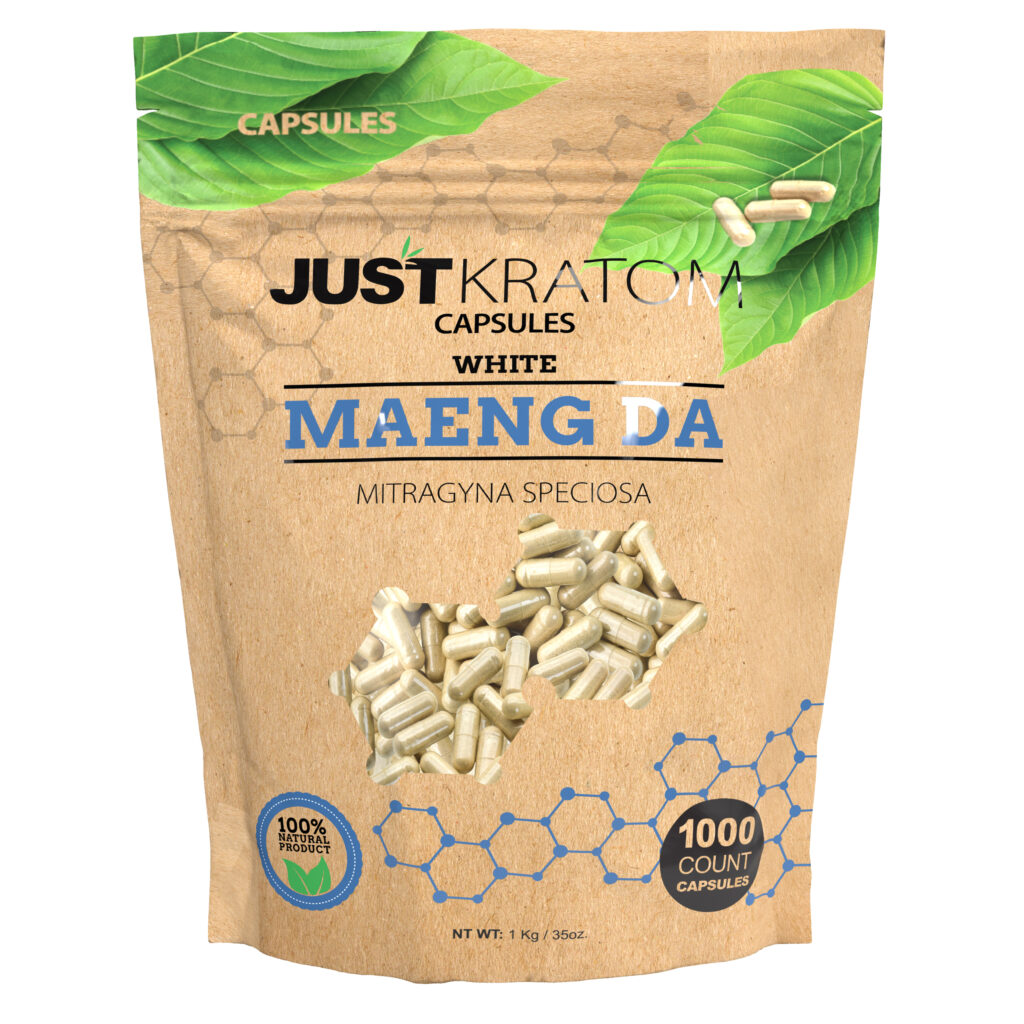Understanding Chronic Pain
Chronic pain can significantly impact a person’s quality of life, affecting their physical and mental well-being. Living with persistent pain can lead to difficulty sleeping, loss of mobility, decreased productivity, and emotional distress. Finding effective pain management strategies is crucial for individuals seeking relief and improved quality of life.
Types of Chronic Pain
Understanding chronic pain is essential for finding appropriate treatment options. Chronic pain is defined as pain that persists for an extended period, typically three months or longer, often exceeding the expected healing time of an injury. It can be caused by a variety of factors, including injuries, medical conditions, and underlying health issues.
Chronic pain is categorized into different types based on its characteristics and origin.
Nociceptive pain arises from damage to tissues, such as muscles, bones, or nerves. This type of pain is often described as sharp, aching, or throbbing. Neuropathic pain originates in the nervous system itself, often due to nerve damage or dysfunction. It can manifest as burning, tingling, shooting, or electrical sensations.
Mixed pain combines features of both nociceptive and neuropathic pain.
Causes of Chronic Pain
Chronic pain can significantly impact a person’s quality of life, affecting their physical and mental well-being. Living with persistent pain can lead to difficulty sleeping, loss of mobility, decreased productivity, and emotional distress. Finding effective pain management strategies is crucial for individuals seeking relief and improved quality of life.
Understanding chronic pain is essential for finding appropriate treatment options. Chronic pain is defined as pain that persists for an extended period, typically three months or longer, often exceeding the expected healing time of an injury. It can be caused by a variety of factors, including injuries, medical conditions, and underlying health issues.
Chronic pain is categorized into different types based on its characteristics and origin.
Nociceptive pain arises from damage to tissues, such as muscles, bones, or nerves. This type of pain is often described as sharp, aching, or throbbing. Neuropathic pain originates in the nervous system itself, often due to nerve damage or dysfunction. It can manifest as burning, tingling, shooting, or electrical sensations.
Mixed pain combines features of both nociceptive and neuropathic pain.
Some common causes of chronic pain include:
- Arthritis
- Back pain
- Fibromyalgia
- Migraines
- Injuries (e.g., sprains, strains, fractures)
- Nerve damage
- Cancer and cancer treatments
The Role of Kratom in Pain Management
For individuals struggling with the debilitating effects of chronic pain, finding effective relief becomes a paramount concern. Traditional pain management methods often come with unwanted side effects, leading many to explore alternative approaches. Kratom, an herbal supplement derived from the Mitragyna speciosa tree, has emerged as a potential natural remedy for chronic pain.
Mechanism of Action
Kratom’s pain-relieving properties are thought to stem from its interaction with opioid receptors in the brain and central nervous system. Two primary alkaloids found in kratom, mitragynine and 7-hydroxymitragynine, bind to these receptors, mimicking the effects of opioids like morphine.
By activating these receptors, kratom can produce analgesic (pain-relieving) effects, reducing pain perception and potentially providing relief for chronic pain sufferers.
Studies on Kratom’s Effectiveness for Pain Relief
Studies on kratom’s effectiveness for pain relief have shown promising results, though more research is needed to fully understand its mechanisms and long-term effects.
Some studies suggest that kratom may be effective in managing a variety of chronic pain conditions, including fibromyalgia, osteoarthritis, and neuropathy.

For example, a 2017 study published in the journal “Journal of Ethnopharmacology” found that kratom extract significantly reduced pain intensity in patients with fibromyalgia.
However, it’s important to note that many studies on kratom have been small and preliminary. More large-scale, controlled clinical trials are needed to confirm these findings and determine optimal dosages and treatment durations.
It is also important to be aware of potential side effects associated with kratom use, which can include nausea, constipation, dizziness, and dependence.
Benefits of Kratom Capsules for Chronic Pain
Chronic pain can significantly impact an individual’s overall well-being. Finding effective pain management strategies is crucial for improving quality of life. Kratom capsules, derived from the Mitragyna speciosa tree, have emerged as a potential natural remedy for chronic pain sufferers.
Reduced Pain Intensity and Frequency
Kratom capsules offer a potential natural approach to managing chronic pain. Studies suggest that kratom’s active compounds may interact with opioid receptors in the brain, producing analgesic effects and reducing pain perception.
Some research indicates that kratom may be beneficial for various chronic pain conditions, such as fibromyalgia, osteoarthritis, and neuropathy. However, it is important to note that many existing studies are limited in size and require further investigation to confirm these findings.
Individuals considering kratom for pain relief should consult with a healthcare professional to discuss potential benefits, risks, and appropriate dosages.
Improved Sleep Quality
Kratom capsules offer a potential natural approach to managing chronic pain. Studies suggest that kratom’s active compounds may interact with opioid receptors in the brain, producing analgesic effects and reducing pain perception.
Some research indicates that kratom may be beneficial for various chronic pain conditions, such as fibromyalgia, osteoarthritis, and neuropathy.
Beyond pain relief, some users report improved sleep quality with kratom use. Kratom’s calming and relaxing effects may contribute to better sleep patterns.
It’s important to note that more research is needed to fully understand kratom’s long-term effects and potential interactions with other medications.
Enhanced Mobility and Functionality
Kratom capsules offer a potential natural approach to managing chronic pain. Studies suggest that kratom’s active compounds may interact with opioid receptors in the brain, producing analgesic effects and reducing pain perception.
Some research indicates that kratom may be beneficial for various chronic pain conditions, such as fibromyalgia, osteoarthritis, and neuropathy.
Beyond pain relief, some users report improved sleep quality with kratom use. Kratom’s calming and relaxing effects may contribute to better sleep patterns.
Enhanced mobility and functionality are often associated benefits of chronic pain management. By reducing pain intensity, kratom capsules may empower individuals to engage in daily activities more comfortably.
Improved mobility can lead to increased independence, participation in social activities, and an overall sense of well-being.
Safety and Dosage Considerations
While kratom shows promise as a natural pain management option, it’s crucial to approach its use responsibly. Safety and dosage considerations are paramount when exploring kratom for chronic pain relief.
Potential Side Effects of Kratom
Kratom can interact with certain medications, including antidepressants, opioids, and blood thinners. It’s essential to consult with a healthcare professional before using kratom, especially if you are taking other medications.
Potential side effects of kratom use can include nausea, constipation, dizziness, itching, and dry mouth. In some cases, kratom can cause more serious adverse effects, such as seizures, liver damage, or withdrawal symptoms upon discontinuation.
It’s important to start with a low dose of kratom and gradually increase it until you find the most effective dose for pain management.
Excessive kratom use can lead to dependence and addiction. If you notice any signs of dependence, such as craving kratom, withdrawal symptoms when you don’t use it, or neglecting other responsibilities due to kratom use, seek professional help immediately.

Recommended Dosage Guidelines
Safety and dosage considerations are crucial when using kratom for pain relief. Kratom can interact with certain medications, so consulting a healthcare professional before use is essential, especially if you are taking antidepressants, opioids, or blood thinners.

Potential side effects of kratom include nausea, constipation, dizziness, itching, and dry mouth. In some cases, more serious adverse effects like seizures, liver damage, or withdrawal symptoms can occur.
It’s recommended to start with a low dose of kratom and gradually increase it until you find the most effective dose for managing your pain. It’s important to avoid excessive use as it can lead to dependence and addiction.
If you experience any adverse effects or notice signs of dependence, such as craving kratom, withdrawal symptoms when not using it, or neglecting responsibilities due to kratom use, seek professional medical help immediately.
Interactions with Medications
Safety and dosage considerations are paramount when using kratom for pain relief. Kratom can interact with certain medications, so consulting a healthcare professional before use is essential, especially if you are taking antidepressants, opioids, or blood thinners. Potential side effects of kratom include nausea, constipation, dizziness, itching, and dry mouth. In some cases, more serious adverse effects like seizures, liver damage, or withdrawal symptoms can occur.
It’s recommended to start with a low dose of kratom and gradually increase it until you find the most effective dose for managing your pain. It’s important to avoid excessive use as it can lead to dependence and addiction.
If you experience any adverse effects or notice signs of dependence, such as craving kratom, withdrawal symptoms when not using it, or neglecting responsibilities due to kratom use, seek professional medical help immediately.
Legality and Availability of Kratom Capsules
The legal status and availability of kratom capsules vary significantly depending on the location. In some countries, kratom is entirely prohibited, while in others, it is legal but regulated. Within the United States, kratom’s legal status is a complex issue with ongoing debates and differing regulations across individual states.
Legal Status in Different Countries
The legal status of kratom capsules varies greatly around the world. In some countries, it is completely prohibited, while in others, it is legal but may be subject to regulation.
Within the United States, the legal landscape surrounding kratom is complex and evolving. While it is not currently federally banned in the U.S., certain states have enacted their own laws prohibiting kratom sales or possession.
It’s crucial for individuals considering using kratom to research the specific laws in their country and state to ensure compliance.
Reliable Sources for Purchasing Kratom Capsules
The legal status of kratom capsules varies greatly around the world. In some countries, it is completely prohibited, while in others, it is legal but may be subject to regulation.
Within the United States, the legal landscape surrounding kratom is complex and evolving. While it is not currently federally banned in the U.S., certain states have enacted their own laws prohibiting kratom sales or possession.
It’s crucial for individuals considering using kratom to research the specific laws in their country and state to ensure compliance.
When purchasing kratom capsules, it is essential to choose reputable sources that prioritize quality and safety.
- Reputable Online Retailers: Look for established online retailers specializing in kratom products. Check customer reviews and ratings to gauge their reliability.
- Local Head Shops or Smoke Shops: In some areas, local head shops or smoke shops may carry kratom capsules.
- Specialty Health Food Stores: Some health food stores that focus on natural remedies may offer kratom products.
Always inspect the packaging for any signs of tampering or damage before purchasing. Read product labels carefully to understand the strain, dosage, and ingredients.
Conclusion
In conclusion, kratom capsules present a potential natural alternative for managing chronic pain. While promising research suggests their effectiveness in alleviating pain symptoms associated with various conditions, it’s crucial to approach their use responsibly. Consulting a healthcare professional before incorporating kratom into your pain management plan is essential. Understanding potential side effects, interactions with medications, and appropriate dosages is paramount for ensuring safe and effective use. Furthermore, being aware of the evolving legal landscape surrounding kratom is critical to ensure compliance with local regulations.
Shop Kratom capsules for enhanced mental performance
- Who Should Not Get Fillers? - November 10, 2025
- What Is Relationship Anarchy And How Does It Challenge Monogamous Ideals? - November 7, 2025
- Weed Drinks & Weed Infused Beverages - November 6, 2025

